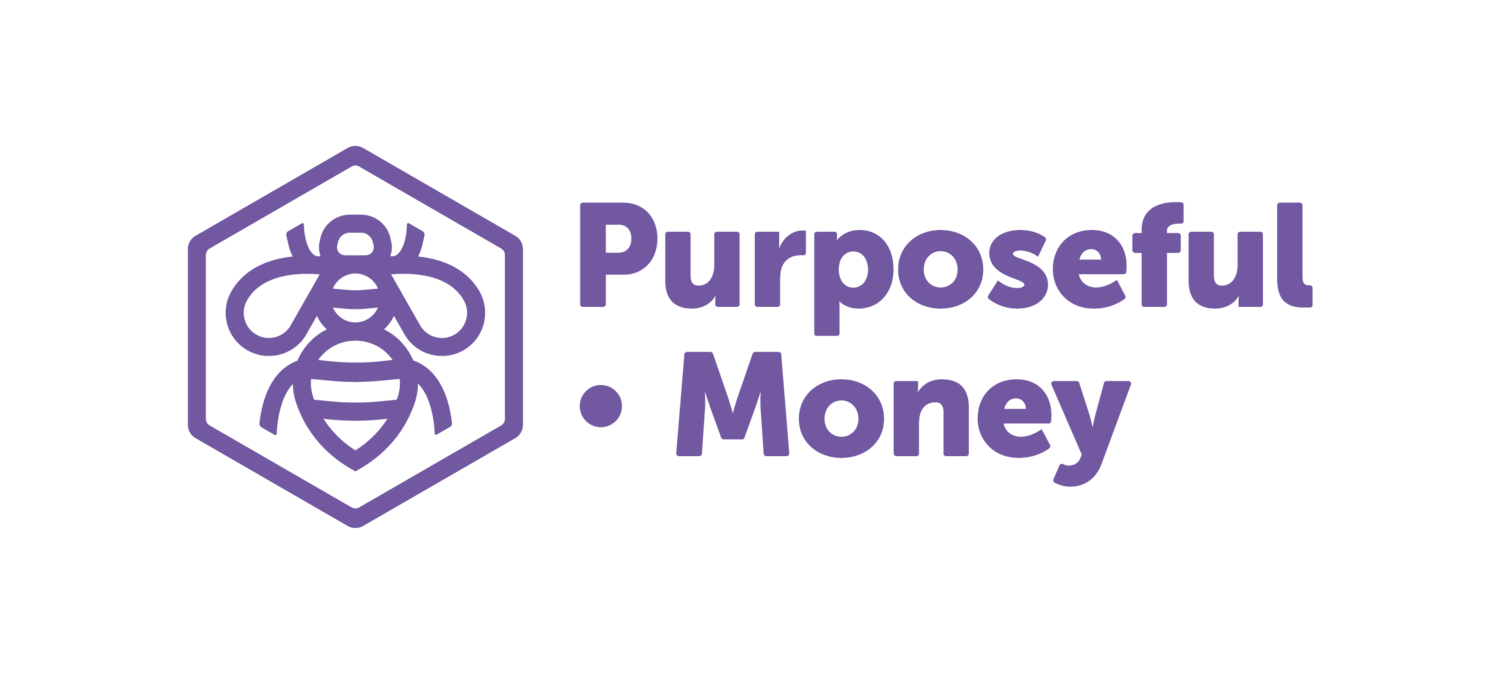Our Chartered status
/Purposeful.Money have previously achieved Chartered Status and we now feel it is important to explain what this actually means, as it is an important award with significant recognition.
The status was awarded to Purposeful.Money by the Chartered Insurance Institute (CII) and acts as a kitemark for quality in the eyes of the public being widely recognised as a symbol of trust.
This recognition is more important nowadays as quite rightly consumers are more demanding than ever before. Understandably they expect to deal with Financial Advisers who can provide first class service, advice and support. Independent research has shown that consumers recognise the Chartered status as a symbol of professionalism and excellence.
What does the charter mean though and why is it such a symbol of excellence?
Essentially, Chartered Status enables us to be able to demonstrate our professional commitment to raising standards of knowledge, capability and ethical practice. It lets our clients know that they will receive the highest levels of service from us.
Any client who engages the services of a Chartered Financial Adviser can expect the highest level of qualifications to have been achieved along with the highest standards of professionalism.
Royal Charters date back as far as the 11th century and can cover bodies such as Universities, Charities and professional Institutions. On the advice of the Privy Council a Charter is awarded by the Monarch of the time. These are granted in rare circumstances and in general terms is only done so where there is a convincing case that it is in the public Interest to provide Government oversight of the body and where a profession is able to demonstrate a track record of achievement over a number of years.
Once a professional body is granted this Charter they are then able to grant ‘Chartered Titles’ to individuals and firms which meet strict qualifying criteria. In our circumstances the CII, who were granted its Royal Charter in 1912, must uphold the rules of its Charter and in turn the holders of the Chartered titles such as Purposeful.Money must comply with their Code of Ethics
Chartered Status brings with it some serious obligations on the part of the adviser. We are required to ensure that our advice and ongoing support is:
Of the highest quality
Based on the client’s researched needs
Provided by someone operating within their level of competency
Advisers must meet these requirements in a number of ways:
A commitment to professional development, including attaining the highest qualifications
An adherence to continual professional development that is evidenced to the CII.
Even though the Royal Charters are a British Institution it is widely recognised outside of the UK as well. Being able to demonstrate an ongoing commitment to professional development is a set of values that is recognised the world over.
At Purposeful.Money we are proud to have achieved the status of Chartered Financial Advisers and continually strive to meet the code of ethics and standards of professional qualifications set by the CII. Our core objective is to offer clients an opportunity to invest their money in a more socially responsible manner in order to help achieve positive benefits in the world. We believe that the ethics and values required to maintain the Chartered Status are in perfect accord with our own principles of integrity and trust.




